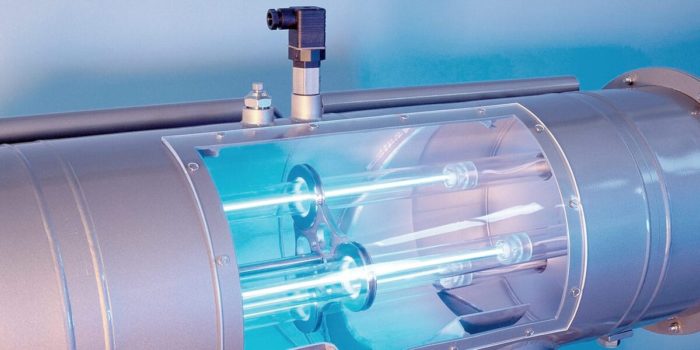How to disinfect water with ultraviolet light bulbs
Ultraviolet radiation has a number of beneficial properties that affect the environment. In many areas widespread disinfection of water and air with ultraviolet. The wavelength range of 200 to 400 nm is similar to the spectrum of natural ultraviolet, so its action is almost safe.
Is it possible to disinfect water with ultraviolet
Ultraviolet is a radiation that acts on bacteria, microorganisms and fungi. By penetrating the water, the rays help kill them and decontaminate the water for use. It is worth taking a closer look at how ultraviolet radiation affects liquids.
The principle of action of ultraviolet rays on water
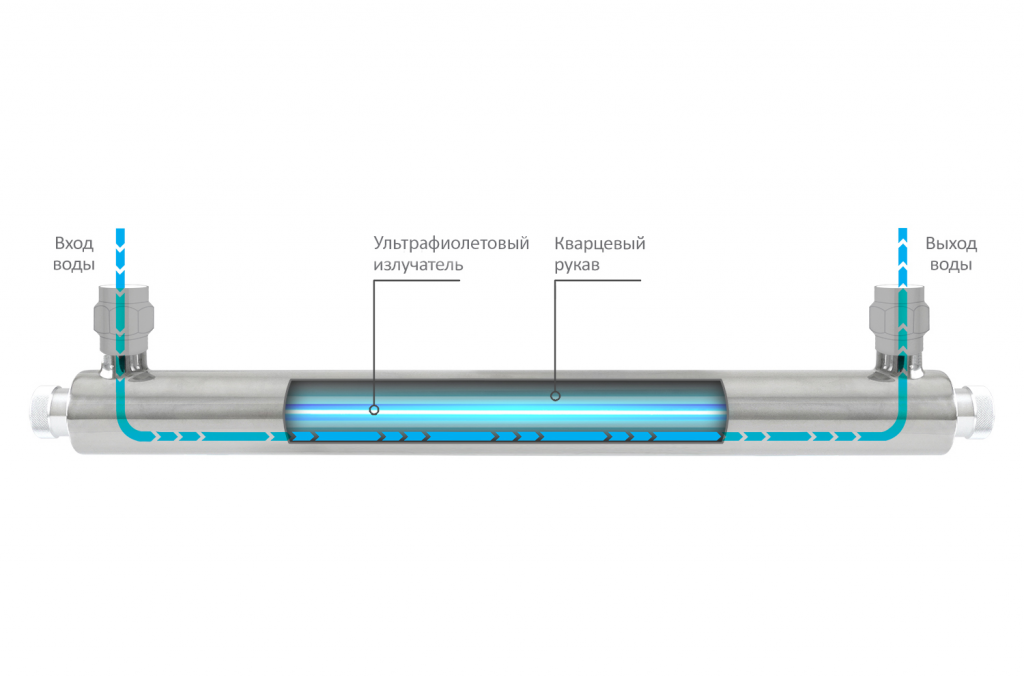
Ultraviolet cleaning can be performed in two ways: pulsed and constant.
Pulsed radiation implies a wide range of wavelengths, while constant radiation selects a specific spectrum that is maintained throughout the cleaning process. Both methods are suitable for disinfection of waste water.
The most effective bactericidal effect is observed at wavelengths between 205 and 315 nm. And the process works best at a wavelength of about 260 nm. The disinfection process is due to the irreversible destruction of DNA and RNA molecules of microorganisms in the liquid. UV radiation negatively affects their membrane and cellular structures. As a result, the pests quickly die.
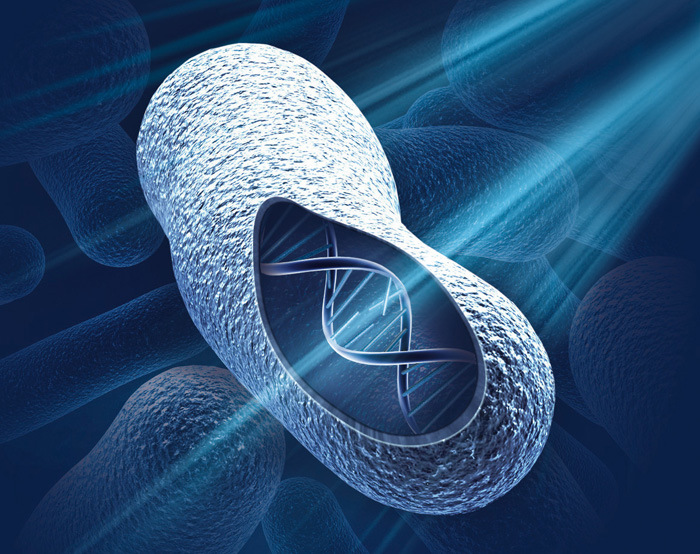
Specific disinfection efficacy will depend on the intensity of the radiation and the time of exposure. Dosages for different situations are prescribed in regulations. Properly calculated UV exposure can reduce the level of contamination of the fluid by up to 5 times.
Decontamination equipment
The ultraviolet disinfection units are stainless steel or polymer chambers.
The UV lamp is located in the chamber and is reliably coated to prevent splashing. The protection of the source in this case is approached responsibly, because all UV emitters are very sensitive to the external environment. Moisture ingress can quickly lead to overheating or unstable operation.
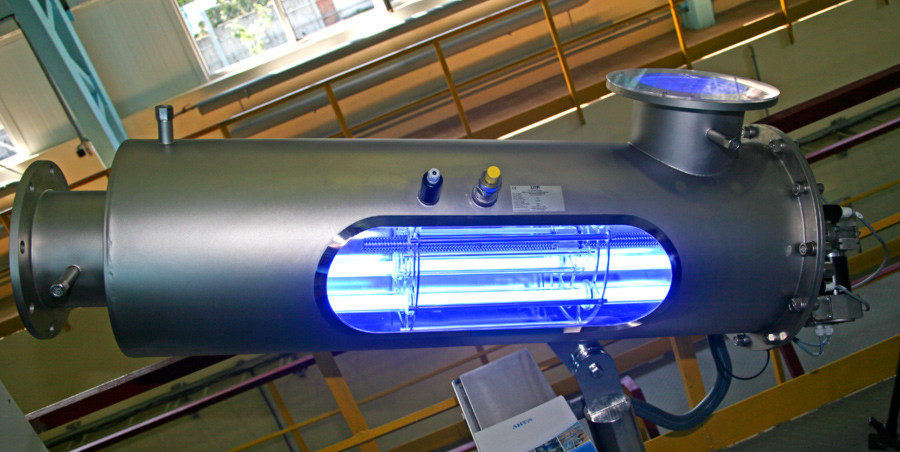
Units for water disinfection do not need constant monitoring, because all processes are controlled by automation. Many advanced models are additionally equipped with remote controls, allowing remote control of all systems. A built-in alarm system will warn in time about possible malfunctions.
Equipment for working with sewage is characterized by large size, as well as the presence of additional filters at the inlet. Filters carry out preliminary purification of liquid from mechanical impurities.
Industrial units for water purification can have several dozens of emitters. This is due to the fact that the system needs to quickly disinfect large volumes of liquid.
In order for the equipment to operate efficiently, it is recommended that the illuminators be replaced regularly and that the protective covers be cleaned of deposits that occur during operation. Deposits can significantly reduce performance and increase energy consumption for the procedure.
DEVICE FOR CRYSTAL CLEAR WATER. UV STERILIZER WITH YOUR OWN HANDS
Most water disinfection devices use long-lasting lamps with a life of about 14,000 hours. After this period, you can independently carry out a replacement, referring to the instructions.
Technology of the procedure
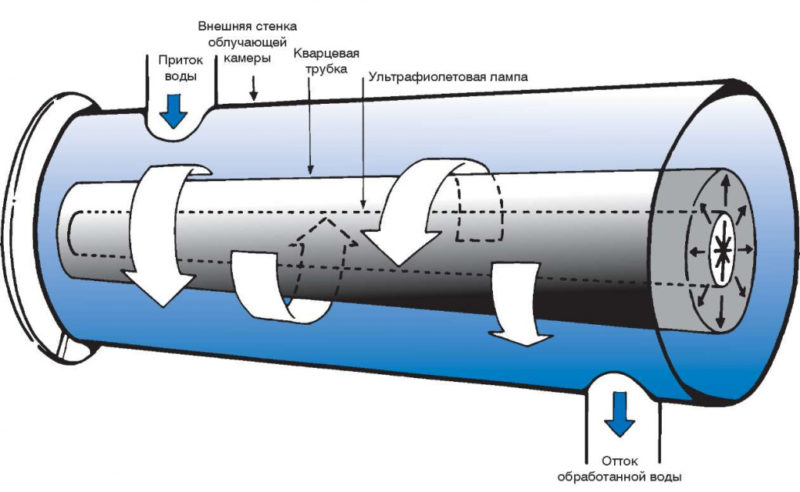
All devices for UV disinfection work on the same principle. In them, with the help of a pump the liquid is pumped from an external source. Then the lamps are switched on, exposing the liquid to irradiation with a set wavelength. This exposure helps to kill almost all bacteria in the water. The exact period of irradiation will depend on the set parameters.
The disinfected liquid comes out through filters that retain particles of dead organisms.
Advantages and disadvantages of the method
The process of UV disinfection is in demand in many areas of life. Such equipment is actively used by both private house owners and large companies. During the use of the method, lists of pros and cons of this method of cleaning have been formed. It is important to consider them before introducing the technology.
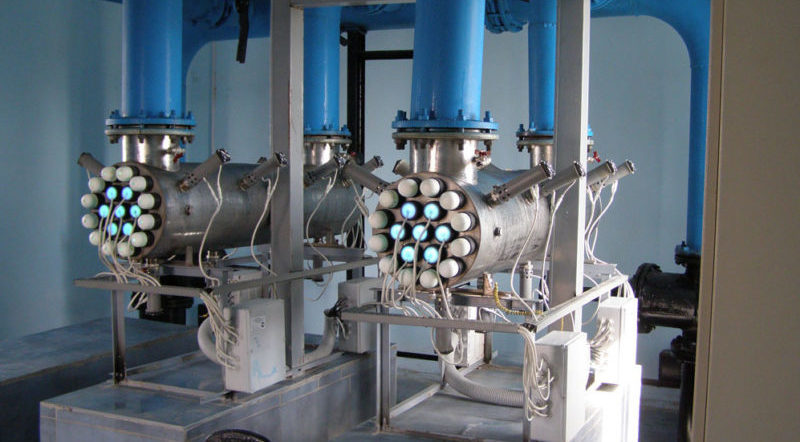
The advantages of ultraviolet disinfection include:
- Power and functionality of ultraviolet emitters for water enough to destroy about 99% of all known bacteria or microorganisms. The power and functionality of ultraviolet water disinfection emitters is enough to kill about 99% of all known bacteria or microorganisms.
- The structure of the water remains unchanged during processing. No foreign elements enter the liquid, which preserves all qualities.
- Modern devices use control technology that allows switching on the emitters and controlling the dose without user intervention.
- The decontamination of the liquid can be easily controlled. In treatment methods with various substances, it is easy to exceed the dose and make the liquid undrinkable. Here, however, exceeding the dose has no effect on the quality of the liquid or the health of the users.
- UV rays can disinfect water in just 5-10 seconds. No other technology is capable of such a rapid effect.
- The UV treatment system does not require a large amount of additional equipment, tanks for purified liquid, or complex filters.
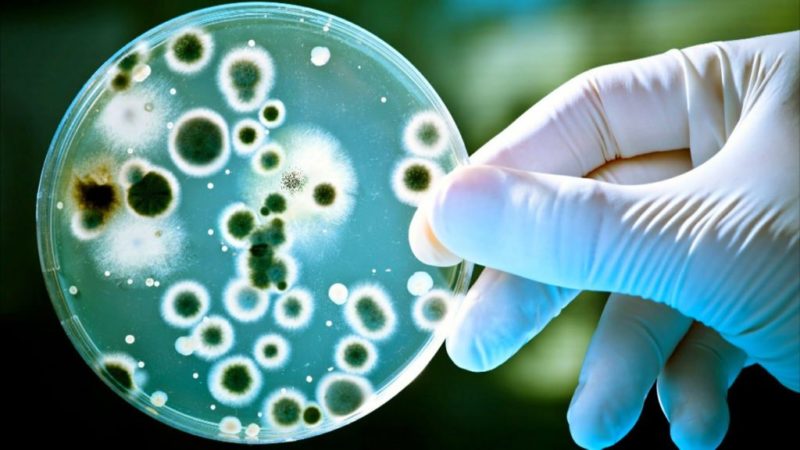
It is not without its disadvantages:
- Some types of microorganisms are still resistant to UV radiation. A different method will have to be chosen to combat them.
- For quality treatment it is necessary to monitor the content of iron and other metals. Exceeding the established norm may affect the effectiveness of disinfection. The problem is solved by installing functional filters for water treatment.
- Ultraviolet purification, as well as quartz treatment of water, has a short-term effect. This means that even after treatment bacteria may well over time.
UV water purification - a convenient and cost-effective technology, which, however, is not without its drawbacks. For this reason, people often resort to a combination of different treatment methods.
